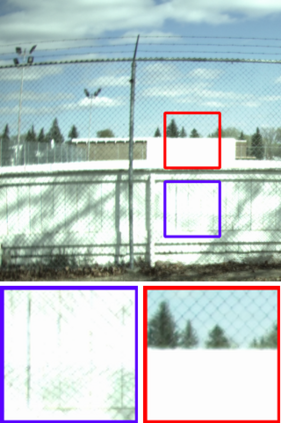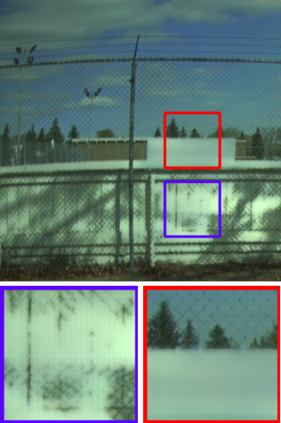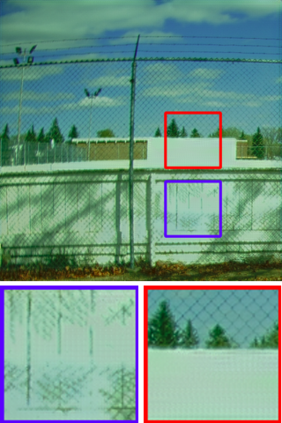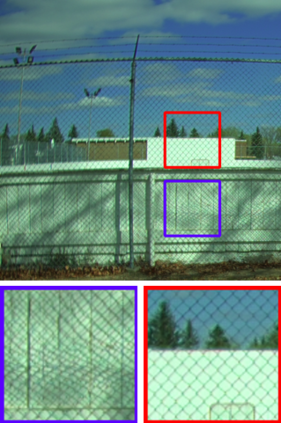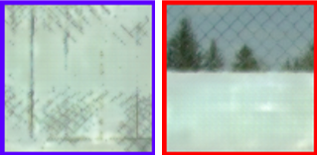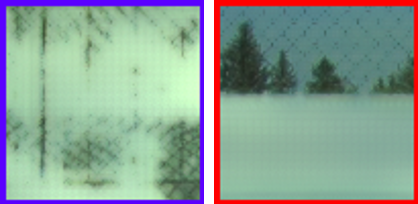The recent development of the on-chip micro-polarizer technology has made it possible to acquire four spatially aligned and temporally synchronized polarization images with the same ease of operation as a conventional camera. In this paper, we investigate the use of this sensor technology in high-dynamic-range (HDR) imaging. Specifically, observing that natural light can be attenuated differently by varying the orientation of the polarization filter, we treat the multiple images captured by the polarization camera as a set captured under different exposure times. In our approach, we first study the relationship among polarizer orientation, degree and angle of polarization of light to the exposure time of a pixel in the polarization image. Subsequently, we propose a deep snapshot HDR reconstruction framework to recover an HDR image using the polarization images. A polarized HDR dataset is created to train and evaluate our approach. We demonstrate that our approach performs favorably against state-of-the-art HDR reconstruction algorithms.
翻译:最近芯片微极化技术的发展使得有可能获得四张空间对齐和时间同步的极化图象,其操作与常规照相机一样容易。在本文件中,我们调查了高动力射程成像(HDR)中这种传感器技术的使用情况。具体地说,观察自然光可以通过极化过滤器的不同方向而不同地减弱,我们将极化照相机拍摄的多张图象作为在不同接触时间拍摄的一组图象。在我们的方法中,我们首先研究极化图象中极化方向、光极化程度和角度与像素接触时间之间的关系。随后,我们提出了一个深度快照《人类发展报告》重建框架,以便利用极化图象恢复《人类发展报告》的图象。建立了一个极化的《人类发展报告》数据集,以训练和评价我们的方法。我们证明我们的方法优于最先进的《人类发展报告》重建算法。



